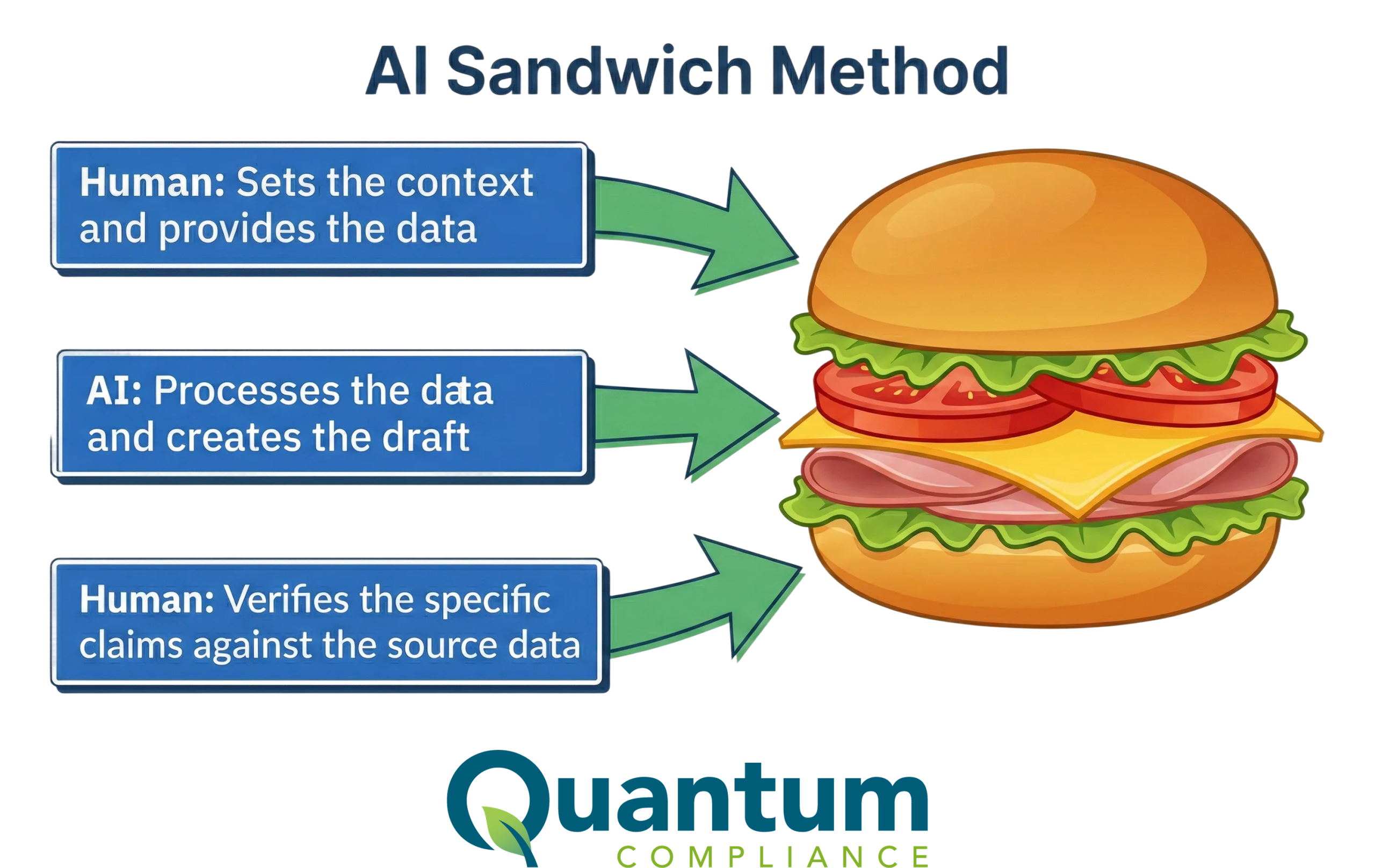 Accidents happen, and some industries are more susceptible to certain kinds of occupational injuries than others. Workers in the building and roofing trades are more likely to experience falls from a harmful height than hotel employees, for example, based on their relative frequency of interaction with tall ladders. There is a clear cause and effect pattern here: workers in the roofing industry need to use tall ladders to reach their workspace, while most hotel workers do not. As a result, roofing workers incur a higher number of injuries from falls than hotel employees do. There are systemic factors here that put employees in a hazardous situation, and no one person is responsible.
Accidents happen, and some industries are more susceptible to certain kinds of occupational injuries than others. Workers in the building and roofing trades are more likely to experience falls from a harmful height than hotel employees, for example, based on their relative frequency of interaction with tall ladders. There is a clear cause and effect pattern here: workers in the roofing industry need to use tall ladders to reach their workspace, while most hotel workers do not. As a result, roofing workers incur a higher number of injuries from falls than hotel employees do. There are systemic factors here that put employees in a hazardous situation, and no one person is responsible.
Employers in the roofing industry realize that they need to focus on hazards that could cause workers to fall from tall heights, while hotel owners have to spend more time mitigating hazards related to cleaning chemicals, and so on. This line of thinking can be applied to intra-company accidents as well: when an accident happens, look to its situational causes rather than seeking to blame any one person.
In its report “Incident Investigations: A Guide for Employers,” the Occupational Safety and Health Administration (OSHA) gives advice on how to best focus on smaller-scale patterns in a subsection titled “Investigate Programs, Not Behaviors.”
“Incident investigations that follow a systems approach are based on the principle that the root causes of an incident can be traced back to failures of the programs that manage safety and health in the workplace,” OSHA says. “This approach is fundamentally different from a behavioral safety approach, which incorrectly assumes that the majority of workplace incidents are simply the result of ‘human error’ or ‘behavioral’ failures. Under a systems approach, one would not conclude that carelessness or failure to follow a procedure alone was the cause of an incident.
“To do so fails to discover the underlying or root causes of the incident, and therefore fails to identify the systemic changes and measures needed to prevent future incidents. When a shortcoming is identified, it is important to ask why it existed and why it was not previously addressed.”
Looking only to human causes of individual accidents ignores overlying patterns that might reveal systemic failures. Logging incidents in a safety software application can help employers take a step back and evaluate the data on a more general basis. If the same specific conditions keep causing incidents, employers will know that they need to address those conditions and whatever programs are perpetuating them. Doing so means promoting OSHA compliance and worker health, as well as saving the employers’ time and money.








